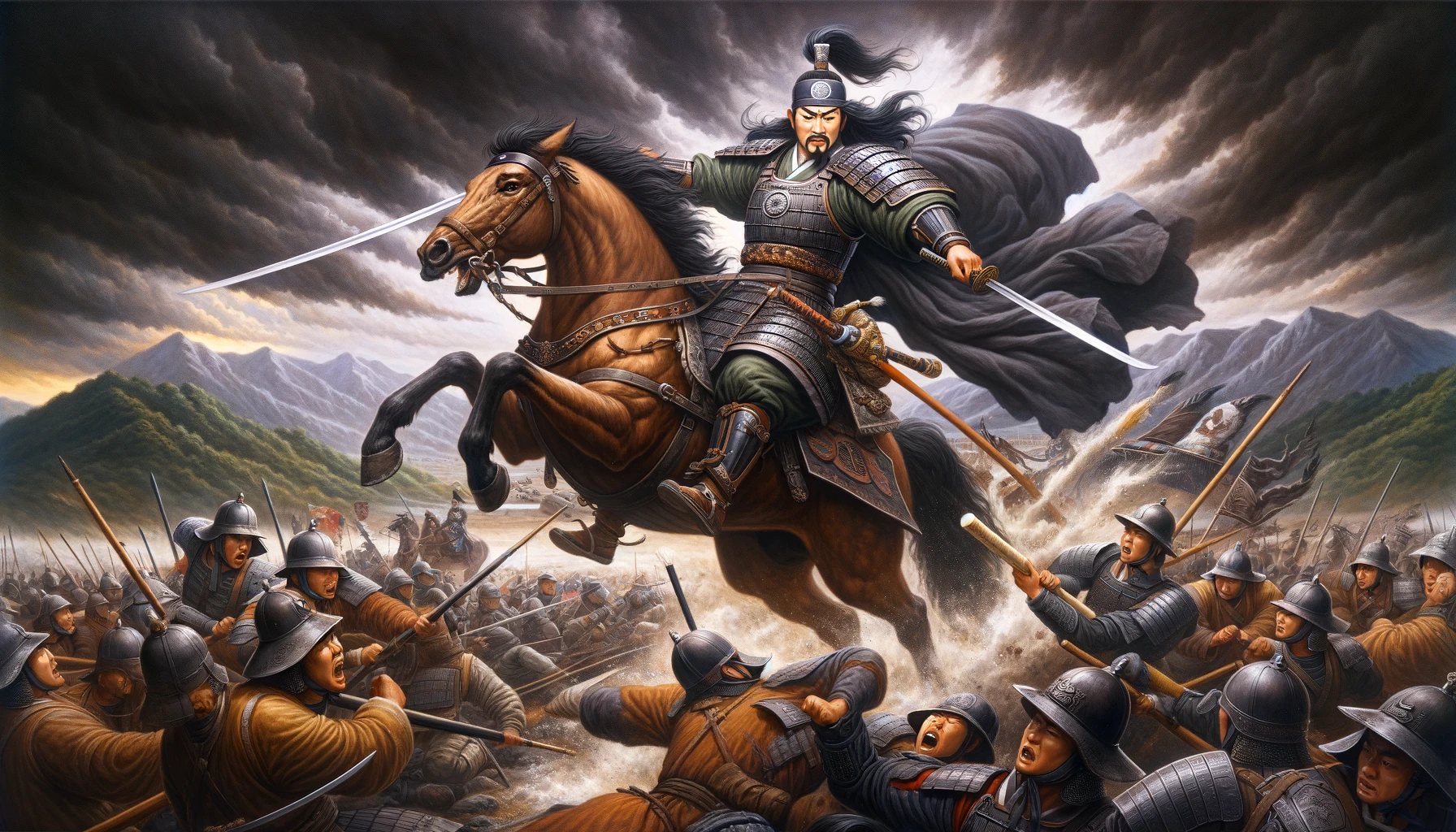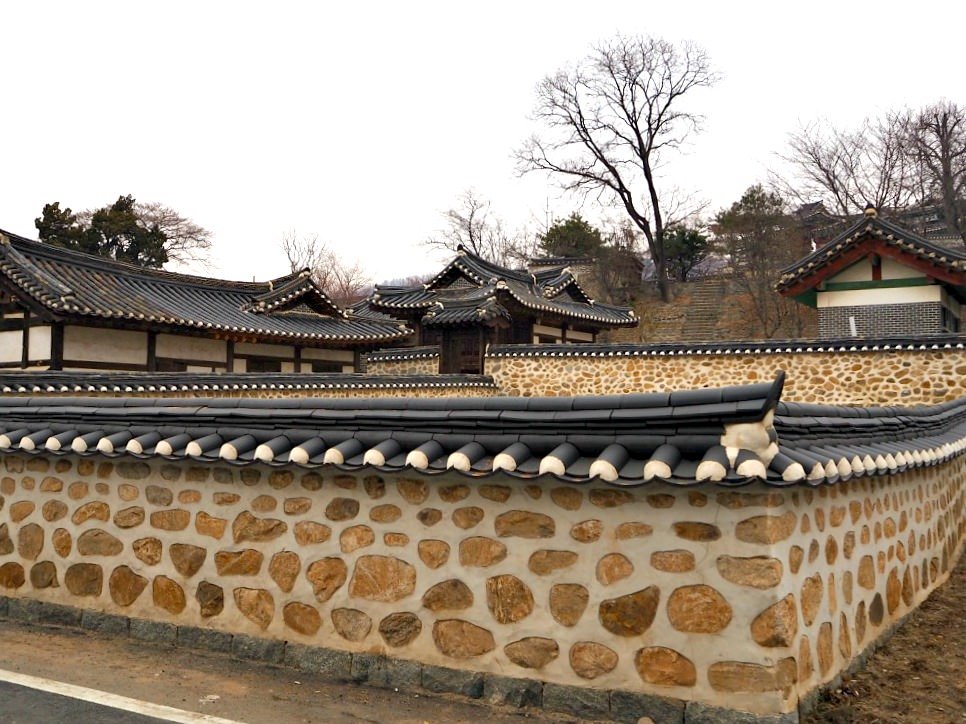Birth Of Joseon Dynasty
 Yi Seong-gye - founder of Joseon Dynasty
Yi Seong-gye - founder of Joseon DynastyKorean history is rich and diverse. One of the most significant periods in its history is the Joseon Dynasty, which lasted from 1392 to 1897.
The Joseon Dynasty was founded in July 1392 by Yi Seong-gye after the collapse of the Goryeo dynasty. The Goryeo dynasty, established in 918, had weakened due to years of war and Mongol occupation, leading to internal divisions and questioning the royal family's legitimacy.
This resulted in power struggles between influential factions, such as the reform-minded Sinjin and the opposing Gwonmun.
Japan also launched pirate raids and other external threats during this tumultuous period. Against this backdrop of instability and vulnerability, General Yi Seong-gye emerged as a pivotal figure in Korean history, playing a key role in establishing the Joseon Dynasty.
His leadership and military prowess were instrumental in unifying the various factions and establishing a new dynasty that would become one of the most important and influential in Korean history.
 An image of General Yi Seong-gye in a battle against invaders.
An image of General Yi Seong-gye in a battle against invaders.Golden Age and Development
The Korean peninsula was a hotbed of cultural activity and intellectual pursuit during the early Joseon period, from 1392 to 1592. This era is regarded as a Golden Age, marked by significant achievements in various fields.
One of the era's most notable accomplishments was King Sejong the Great's creation of Hangeul, the Korean script. This move was a significant milestone in developing the Korean language, as it replaced Chinese characters, previously the only writing system available to Koreans.
Another key feature of the early Joseon period was the dominance of Confucianism, which shaped governance, education, and social norms. This philosophy profoundly impacted Korean society, developing a hierarchical social structure and a strong sense of filial piety.
Despite this emphasis on Confucianism, the era was also marked by a thriving cultural scene. Literature, art, and architecture all experienced a period of great creativity and innovation during this time.
Some of the most significant literary works of the era include The Story of Hong Gildong, widely regarded as the first Korean novel, and The Annals of the Joseon Dynasty, a comprehensive historical record of the period.
 Stone pagoda with inscriptions on filial piety, which is central to the Confucian principles.
Stone pagoda with inscriptions on filial piety, which is central to the Confucian principles.In art, Joseon painters produced some of the most iconic works in Korean history, including traditional landscape paintings and intricate portraits of the royal family. Meanwhile, architects created stunning palaces and temples, many of which are still surviving as UNESCO World Heritage Sites.
Overall, the early Joseon period was a time of great intellectual and cultural ferment, which left an indelible mark on Korean history and culture.
Challenges and Decline of the Joseon Dynasty
The Joseon Dynasty, which lasted over five centuries, faced numerous challenges and struggles during its middle and late periods.
The dynasty experienced internal strife in the middle period, including the Jungjong coup in 1506. This period was marked by a series of complex political issues and internal conflicts that put much strain on the dynasty.
The instability and conflict that ensued were severe enough to pose a real threat to the regime's continued existence. Economic, social, and cultural factors compounded the situation, making it even more difficult to find a resolution.
Despite these challenges, the dynasty managed to navigate through this difficult period and emerged more robust and resilient.
In the late period, Joseon was also subjected to external invasions. The most significant was the Imjin War (1592–1598) with Japan. This brutal conflict lasted for six years and had far-reaching consequences for both Korea and Japan. The Qing invasion (1636–1637) also threatened the dynasty significantly.
Despite these challenges, the Joseon Dynasty endured and significantly influenced modern-day Korea. Its cultural, artistic, and scientific achievements are still celebrated and revered today, and its legacy continues to shape the Korean people's identity.
The Joseon Dynasty's legacy continues to shape Korean society, reflecting its rich cultural heritage and enduring impact.
Notable Figures during the Joseon Dynasty
 The statue of King Sejong the Great at Gwanghwamun Square, Seoul.
The statue of King Sejong the Great at Gwanghwamun Square, Seoul.Several notable figures left their mark on Korean history during the Joseon Dynasty. Here are a few...
King Sejong the Great was the fourth king of Joseon, who ruled from 1418 to 1450. He is known for creating Hangeul, the Korean script, to improve literacy and communication. He was a patron of arts, sciences, and culture, and his contributions to the development of Korea are immense.
Yi Sun-sin was an admiral and naval commander during the Imjin War (1592–1598) against Japan. He was a brilliant strategist, and his innovative turtle ship designs revolutionized maritime warfare.
Jang Yeong-sil was a scientist and inventor who contributed to advancements in astronomy, engineering, and technology. He was a great mind of his time, and his inventions have impacted the world.
Jeongjo was the 22nd king of Joseon, ruling from 1776 to 1800. He was a reformer who promoted social justice, economic development, and cultural revival. His reign was marked by significant advances in technology, medicine, and literature, and he is remembered as one of the greatest kings of Joseon.
These individuals played pivotal roles in shaping Joseon's history and culture. Their legacies continue to inspire generations in Korea. 🇰🇷
Sources:
https://en.wikipedia.org/wiki/History_of_the_Joseon_Dynasty
https://www.studysmarter.co.uk/joseon-dynasty/
https://history-maps.com/story/History-of-Korea/event/Joseon-Dynasty
Get Exciting Activities
Book one of our exciting activities today to experience the thrill of a lifetime! Take advantage of this opportunity and secure your spot in advance.
Hotel Map Guide
Find your affordable, accessible, and comfortable hotel in Seoul at Agoda.Com. See the hotel map below...
Hotel Booking Guide
Find affordable and amazing hotels on Agoda.com using the search box below. Book now to enjoy great discounts and save!







New! Comments
What do you think about this page? Leave me a comment in the box below.